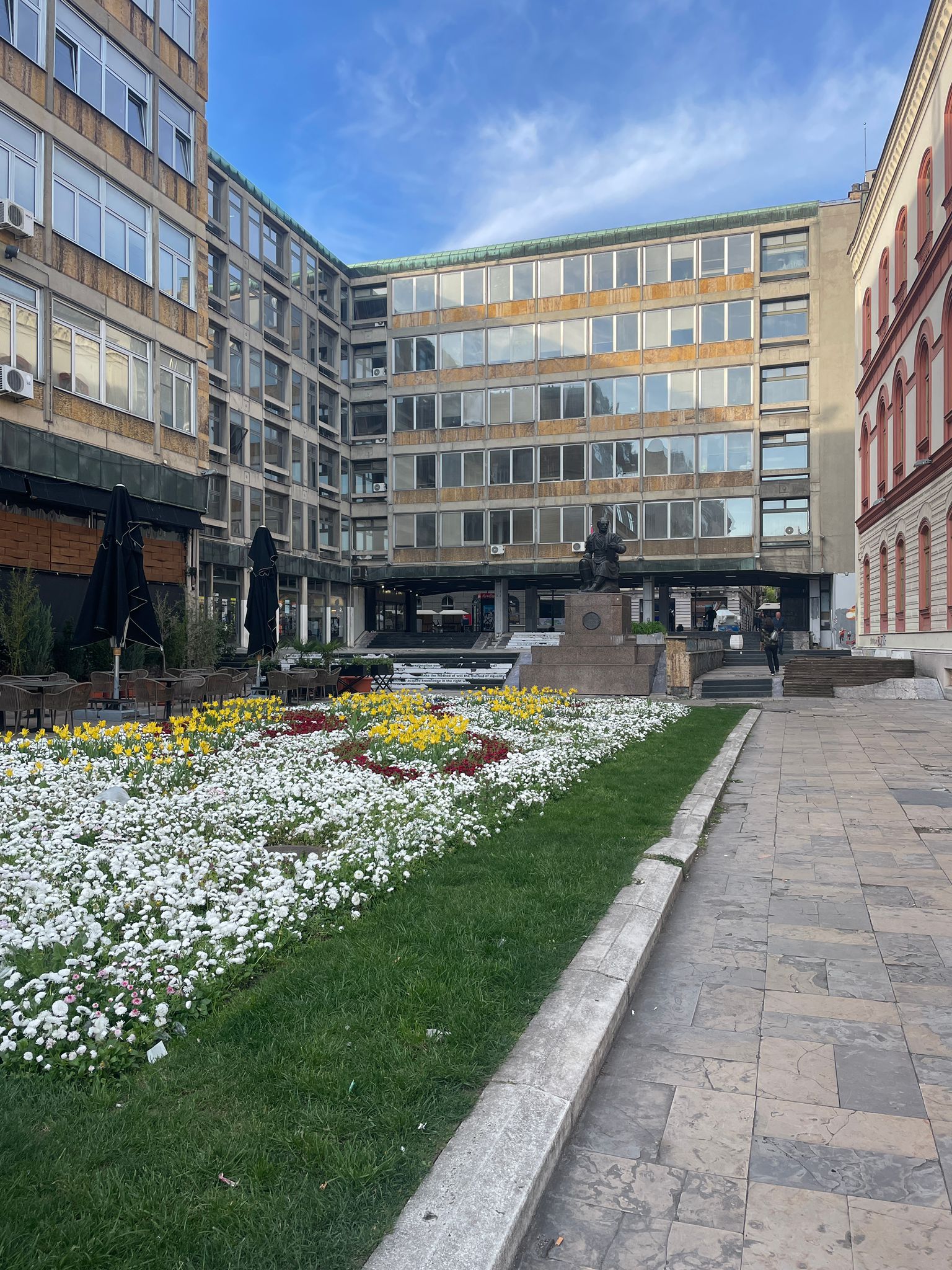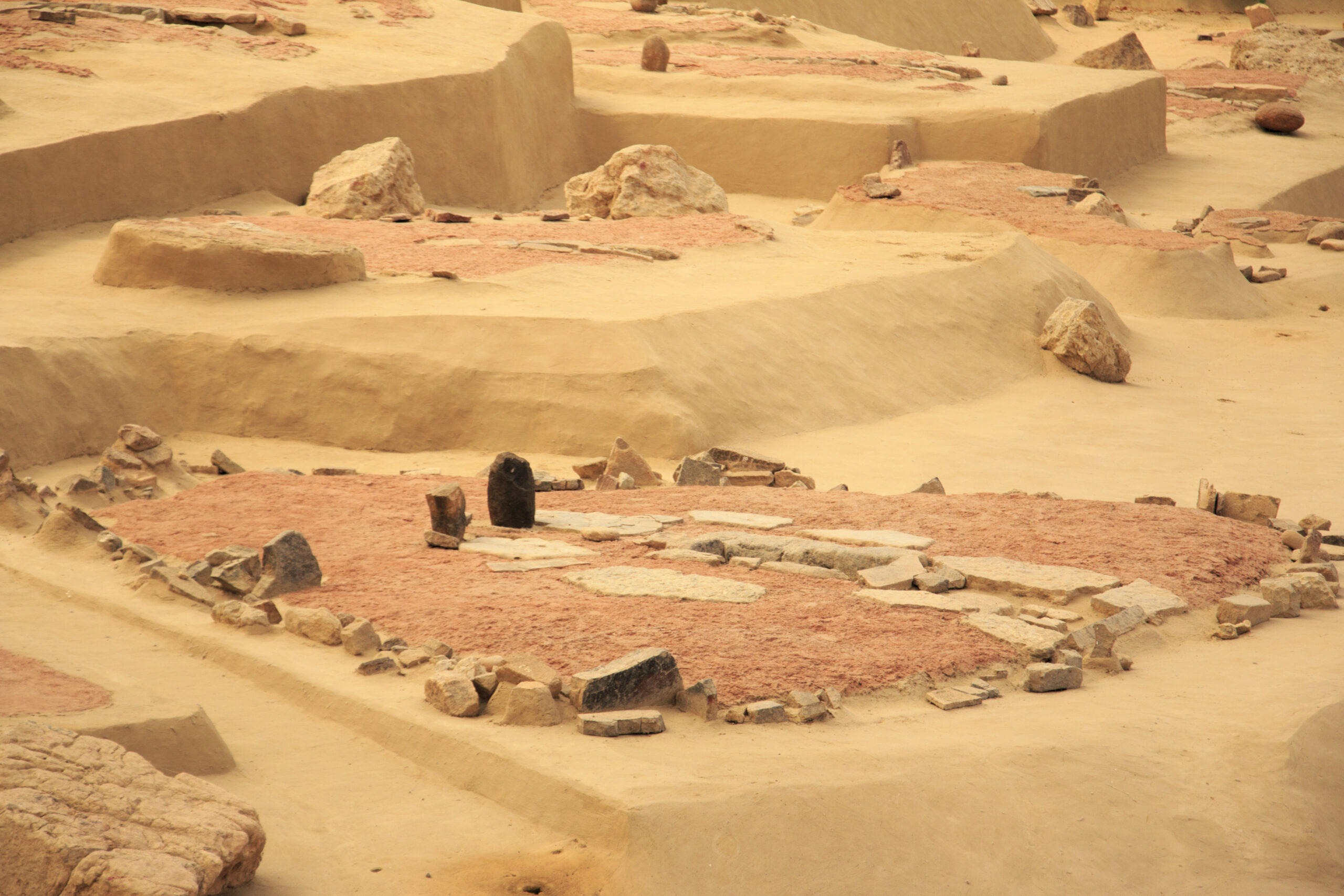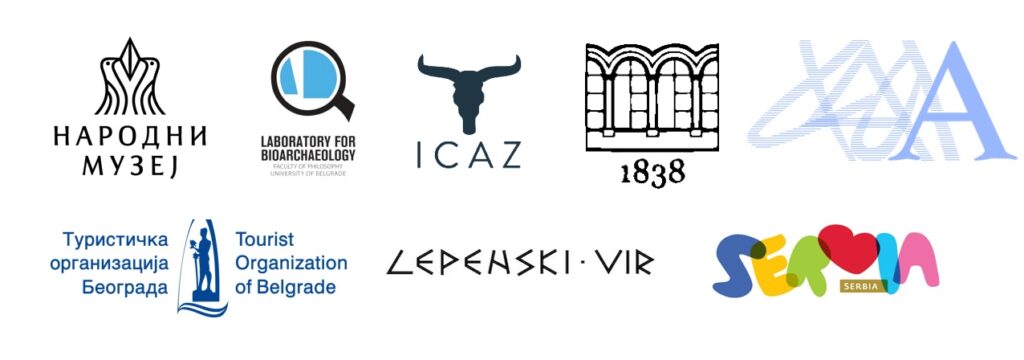About ICAZ Roman Period Working Group
The ICAZ Roman Period Working Group is a community of scholars who specialize in studying animal remains in the context of the Roman period. The group was established in 2014 and has since held several meetings related to different aspects of the role of animals in Roman society. The group’s first meeting oriented toward analysing the current degree of research on animal remains from the Roman period held in Sheffield (U.K.) in 2014. The second meeting, held in Basel (Switzerland) in 2018, was focused on animals in funerary and ritual contexts in Roman times across the Empire. Due to the Covid-19 pandemic, the group’s third meeting, which highlighted animals in the Roman economy, was turned into a virtual conference in March 2021. This meeting aimed to explore the production, supply, and animal trade within and beyond the Empire’s frontiers. In 2024, the ICAZ Roman Period Working Group will hold its fourth meeting in Belgrade (Serbia). The conference will focus on the topic of social archaeozoology. This upcoming meeting promises to be a valuable opportunity for scholars to exchange ideas and collaborate on research related to the role of animals in ancient Roman society.
The ICAZ Roman Period Working Group is a collaborative community of over 200 zooarchaeologists dedicated to enhancing our understanding of this significant historical period. The group’s primary goal is to foster a network of exchange and collaboration across borders to facilitate a deeper understanding of the interconnections between the research questions related to the zooarchaeology of the Roman period. Additionally, the group welcomes participation from researchers studying geographic areas adjacent to the Roman Empire and those investigating the late Iron Age and early Medieval period since their findings may contribute to understanding the Roman period. Through the ICAZ Working Group, zooarchaeologists can establish tighter collaborative links and benefit from the collective knowledge and their colleagues’ expertise. By promoting greater collaboration and exchange of ideas, the group aims to advance our understanding of the role of animals in ancient Roman society.
Find more: https://www.alexandriaarchive.org/icaz/workroman
Belgrade
About the Capital City of Serbia
Belgrade ‘White City’, is the capital and largest city of Serbia. It is located at the confluence of the Sava and Danube rivers and at the crossroads of the Pannonian Plain and the Balkan Peninsula. The city has a rich historical and archaeological heritage. The eponymous site Vinča-Belo Brdo of the Late Neolithic Vinča culture is situated on the right bank of the Danube, 14 km downstream from Belgrade, while the first larger settlement was the Celtic town of Singidunum, which was built here in the 3rd century BCE. The city changed hands with the arrival of Romans in the 1st century. After the Dacian wars (101–102, 105–106) Singidunum becomes the main headquarters of Legio IV Flavia Felix. During the 7th century, the area was permanently inhabited by Slavic tribes. At the beginning of the 15th century, Belgrade became the capital of the late medieval Serbian state, while in 1521 becomes part of the Ottoman Empire. Considering the significance of its geopolitical position during the late medieval period and early modern period Hungarians, Ottoman Turks, and Austrians fought over it. In 1841, Belgrade became the capital city of the modern Serbian state.
The location of the Belgrade at the confluence of the Sava and the Danube gives its unique identity. With popular promenades on the rivers banks, this is an area lined with parks, dotted with many restaurants and cafés, most of them on river barges, with stunning views of the river and the city itself. Don’t miss to visit Belgrade fortress and seeing the Roman Well, the Great Gunpowder Warehouse, the Military Bunker and the Clock Tower on your walk. Take a look at the numerous exhibitions in the Military Museum, the Nebojša Tower and the Museum of Natural History. The Great Kalemegdan Staircase will bring you to a place with a breath-taking view over the Sava and Danube confluence, of Novi Beograd and Zemun. Boasting works created by renowned Serbian and international street artists, the Savamala district, nestled on the banks of the Sava, is a bustling area full of galleries, culture centres and coffee houses with live music. Unsurprisingly it’s chilled vibe lures visitors to spend time relaxing away from the urban hustle. A little further away, on the banks of the Danube, you will find Dorćol Plac, a culture centre with a year-round succession of plays, art workshops, concerts and many other
culture and art events.
Find more:
https://www.tob.rs/en
https://www.serbia.travel/en/see–serbia/cities/belgrade

Origin of photography: https://www.serbia.travel/en/see-serbia/cities/belgrade
Conference venue
The Faculty of Philosophy is the oldest faculty at the University of Belgrade and has been present since the founding of the Great School in 1863 and the University of Belgrade in 1905. The Faculty of Science and Mathematics was separated from it in 1947, while the Faculty of Philology was established as a separate entity in 1960. It is located at the intersection of Čika-Ljubina and Knez Mihailova Street, the primary pedestrian and shopping area in Belgrade’s Stari Grad district. The Faculty of Philosophy currently has 255 teaching assistants, and over 6,000 students attend it at all academic levels, ranging from undergraduate to doctoral studies. The faculty comprises ten study groups that include philosophy, sociology, psychology, pedagogy, andragogy, ethnology and anthropology, history, history of art, archeology, and classical sciences, some of which have a century-long tradition and global recognition. The primary objective is to provide highly qualified individuals for careers and research projects in the social and humanities fields. The Faculty of Philosophy organizes forums, sports events, book promotions, and professional and scientific gatherings. Additionally, there are Roman baths and an archaeological site buried beneath the plateau in front of the Faculty building, which were discovered and documented in the 1970s.

Accommodation in Belgrade
In Belgrade city centre there are many options for accommodation, from cosy Airbnb to various hotels. For the convenience of our attendees, we have created a list of recommended hotels located close to the conference venue. If you choose to book the room within the recommended hotels, please indicate that you are a conference attendee, as room rates are discounted for the attendees. We advise you to make your reservations timely because Belgrade is quite vivid with tourists during the spring.
HOTEL BELGRADE INN GARNI (4-star hotel)
Francuska 11, 11158 Belgrade, Serbia
Phone: + 381 (11) 4000 666
e-mail: office@belgradeinn.com
https://www.belgradeinn.com
Room rates per night per room (including breakfast and VAT, excluding tourist tax 1.36 EUR per person per day): single room €70, standard double € 110 (one person) €120 (two persons), executive twin €130(2 persons) €140 (3 persons) €150 (4 persons) Location: 550m from the conference venue (6 min by walk)
HOTEL OPERA GARNI (4-star hotel)
Braće Jugovića 16, 11158 Beograd, Srbija
Phone: + 381 (11) 7151320
e-mail: info@hotelopera.rs
https://www.hotelopera.rs
Room rates per night per room (including breakfast and VAT, excluding tourist tax 1.36 EUR per person per day): standard double € 110 (1 person) €120 (2 persons), standard twin € 110 (1 person) €120 (2 persons), triple room € 130 (2 persons) €140 (3 persons)
Location: 500m from the conference venue (6 min by walk)
excursion
The conference participants will have the opportunity to explore two remarkable archaeological sites in eastern Serbia: Lepenski Vir and Viminacium. This experience will be included in the conference fee! The day will begin with a morning departure from Belgrade, as we embark on a journey back in time.
Our first destination is Lepenski Vir, a captivating site nestled along the banks of the Danube River. Here, participants will witness the remnants of an ancient Mesolithic settlement that dates back approximately 9,000 years. Marvel at the meticulously planned stone dwellings, which reveal the architectural ingenuity of our early ancestors. Delve into the mysterious world of the “Danube sculptures,” awe-inspiring stone carvings that depict abstract humanoid figures and provide insights into the spiritual beliefs of the ancient inhabitants. After immersing ourselves in the rich history of Lepenski Vir, we will explore the on-site museum, where a treasure trove of artifacts awaits, shedding light on the daily lives and artistic achievements of these prehistoric communities.


Following our visit to Lepenski Vir, we will continue our journey to Viminacium, a once-thriving Roman provincial capital. As we arrive, prepare to indulge in a delicious “Roman lunch,” savoring culinary delights inspired by ancient Roman recipes collected by the famous Caelius Apicius. Energized and satiated, we will then explore the archaeological site of Viminacium, unearthing the remnants of a bustling Roman city. Wander through the well-preserved amphitheater, where gladiatorial contests and grand spectacles once enthralled the crowds. Discover sprawling necropolises, offering fascinating insights into ancient burial customs and the diverse population that once called Viminacium home. As we navigate the site, our understanding of Roman urban planning, religious practices, and daily life will be enriched by ongoing excavations and captivating artifacts on display.



As the day draws to a close, we will head back to Belgrade, reflecting on the incredible discoveries and experiences shared during this memorable excursion.
Furthermore, during the regular conference days, we have arranged additional activities that will captivate your curiosity. Participants will have the opportunity to visit the renowned National Museum of Serbia, renowned for its extensive collection of archaeological artifacts from various historical periods, including the Roman era. Discover extraordinary exhibits showcasing the vibrant culture, art, and everyday life of this influential period. Moreover, you can explore the historic Belgrade Fortress, an iconic landmark perched atop a hill overlooking the confluence of the Sava and Danube rivers. Enjoy the picturesque views while strolling through centuries of history within the fortress walls, making for a truly enriching experience during your conference breaks. Best of all, these visits to the National Museum and Belgrade Fortress are entirely free of charge, ensuring you can maximize your knowledge and enjoyment throughout your time in Belgrade.
Organizers and sponsors
